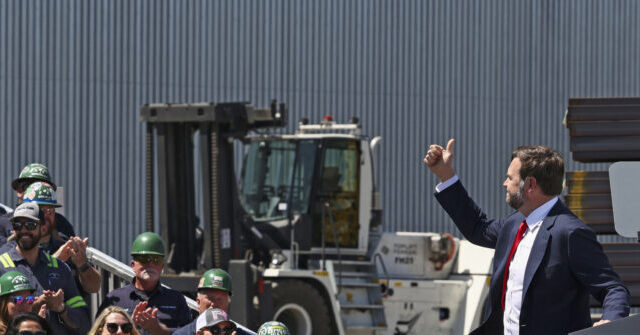American manufacturing activity picked up in June, according to a pair of closely watched industry surveys, but the outlook remains clouded by tariff pressures, labor constraints, and uneven demand.
The S&P Global U.S. Manufacturing Purchasing Managers’ Index climbed to 52.9, its highest level in more than three years. The report showed output growing solidly for the first time since February, driven by rising orders from both domestic and export markets, while employment rose at the fastest pace since September 2022.
“June saw a welcome return to growth for U.S. manufacturing production after three months of decline, with higher workloads driven by rising orders from both domestic and export customers,” said Chris Williamson, chief business economist at S&P Global. “Reviving demand has also encouraged factories to take on additional staff at a rate not seen since September 2022.”
The upbeat tone contrasted with a separate report from the Institute for Supply Management, whose Manufacturing PMI registered 49.0, signaling contraction for a fourth straight month. While ISM recorded a rebound in production, new orders and backlogs declined, and the employment index fell to 45.0, indicating further job losses in the sector.
Both surveys flagged rising prices driven by tariffs, especially on metals. S&P Global reported the fastest increase in input costs in nearly three years, with firms raising output prices accordingly. ISM’s prices index remained elevated at 69.7, a sign of persistent cost pressures.
Still, sentiment among manufacturers appears to be improving. “Business confidence has continued to improve from the low-point seen in April, with U.S. manufacturers becoming more optimistic in the face of fewer trade and tariff worries,” Williamson said.
The divergence between the two surveys underscores the uneven nature of the recovery. S&P’s panel, which includes around 600 firms weighted by GDP contribution, emphasized strength in new orders and hiring. ISM, whose respondents include senior supply managers across a broader range of companies, highlighted continued caution in hiring and capital planning, with several participants citing a volatile trade policy environment and waning customer demand.
According to ISM, only four of the six largest manufacturing sectors expanded in June, and 25 percent of the industry is experiencing “strong contraction,” up sharply from 5 percent in May.
“Customers do not want to make commitments in the wake of massive tariff uncertainty,” one respondent from the fabricated metal products industry said.
Despite the crosscurrents, both reports suggest that U.S. manufacturing is no longer uniformly mired in decline. If current trends hold, particularly with inventories low and export demand stabilizing, production may continue to firm in the second half—provided inflation pressures ease and trade policy becomes more predictable.
Read the full article here


